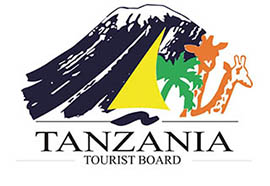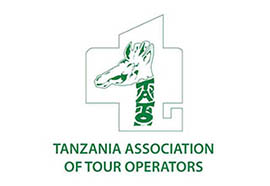At 5,895 metres (19,340 feet) above sea level, Kilimanjaro is Africa’s highest peak and the world’s highest free-standing mountain which is walk able summit. Mount Kilimanjaro is the crown of Tanzania. Rising abruptly from the open plains, capped by snow and frequently fringed by clouds, it is one of Africa’s classic images. The diameter of its base is an incredible 40 kilometers. Mount Kilimanjaro can only be safely attempted while you are in Tanzania and any assistance due to health problem can be easily overtaken by experienced guides in Tanzania. Other routes away from Tanzania will be illegal once.
The Mount Kilimanjaro Porters Association came into power to stipulate the rights and awareness of porters who climb the Kilimanjaro. For a group of five to ten people one licensed guide is enough with the maximum of two porters per person who will carry your luggage, camping tents (if isn’t Marangu route) and cooking facilities. At the park gate there is a scale with measure how many kilograms is the luggage and it is not supposed to exceed 15 kilograms.
Kilimanjaro is a dormant, but not extinct volcano. Worrying thunder can sometimes be heard and gases emerge from the fumaroles in the crater. Although just three degrees south of the Equator, the peaks of both Kibo and Mawenzi have permanent caps of snow and ice.
During their time on the mountain, climbers pass from a tropical to arctic environment in just a few days. The various trails first pass through lush rainforests before reaching heather and open moorland where giant lobelia and huge, cactus-like groundsel grow.
Above this moorland is the almost lunar landscape of an alpine desert which stretches between the two peaks of Kibo, the flat-topped dome at the centre, and Mawenzi, a group of jagged points and pinnacles on the eastern side.
Inhospitable as this ‘moonscape’ may seem, animals such as herds of eland thrive there. The highest point on Kibo, and indeed the whole of Kilimanjaro, is Uhuru Peak, with its spectacular hanging glaciers and stupendous views of the African plains some 20,000 feet below.
Also on Kibo is the slightly lower peak of Gillman’s Point. These are the goals for most trekkers. The peaks of Mawenzi are for mountaineers only.
The Mount Kilimanjaro is attempted using its six popular routes of which one is commonly used for descending only the Mweka route another routes include the Marangu (which is both used for climbing and descending after climbing using other routes such as Machame, Rongai, Lemosho, Umbwe, Shira and itself.
Marangu is the only route with huts as accommodations leaving others to accommodate hikers using the mobile tents. Each route in Kilimanjaro has its different challenge and view and landscape but the bottom line is to reach to the Roof to of Africa which is Uhuru Peak.

















 WhatsApp us
WhatsApp us